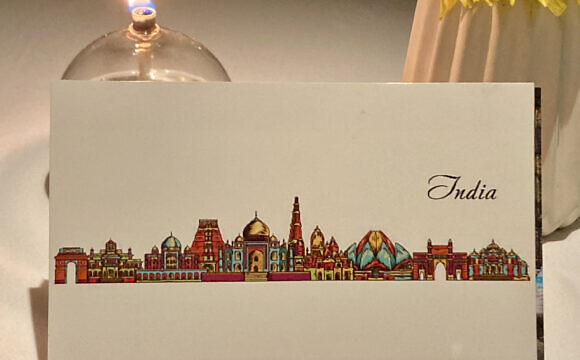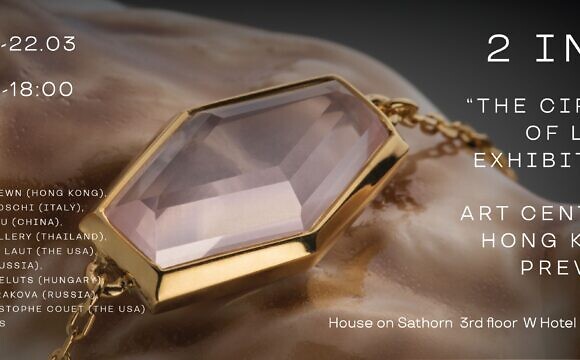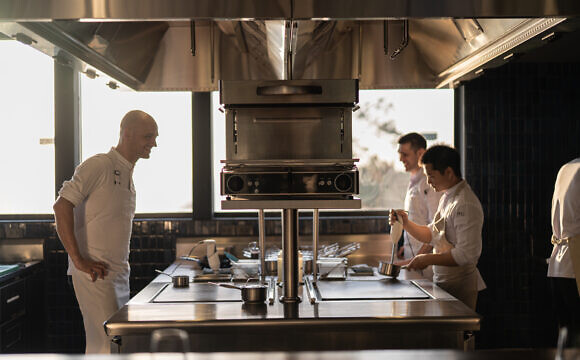A few months back, Robb Report’s editorial staff were in our regular Monday meeting discussing plans for this, our Design & Innovation issue, when watch and jewelry editor Paige Reddinger mentioned that Martin Frei—the cofounder and chief designer of Urwerk, an avant-garde haute horlogerie company based in Geneva—is wild about cars and intrigued by what a future of electric vehicles might yield. Viju Mathew, our automotive editor, jumped in to note that, released from the need to house internal-combustion engines or, eventually, human drivers, cars are ripe for a style makeover (no bangs, please). So what will we be driving just around the bend?
We decided to reach out to Frei along with more than a dozen other disarmingly inventive thinkers across the many luxury categories this magazine covers and ask them to render their dream EVs. Great ideas can come from anywhere, after all, so why not task architects, jewelers, or furniture designers—who already know a thing or two about both form and function—with stretching beyond their wheelhouses, so to speak, to show us the way forward? We hoped they would feel completely unrestrained and let their imaginations run wild. We were not disappointed. As the results began to reach our inboxes, we oohed and aahed at the right-brain brawn on display: a long, blue three-wheeler with dedicated space for a surfboard; another model balanced like a trike that resembles a high-heeled shoe; a giant contraption that takes its cues from NASA rovers and seats 15—or 25 if you’re not the safety-conscious sort.
But the creative minds that produced these vehicles didn’t restrict their thinking to punchy visuals. Sustainability was also front and center: More than one model would rely on the sun for energy. “Using thermoelectric technology… it absorbs ambient heat, converting it into electricity while cooling the environment—a revolutionary response to climate change," Frei explained in the brief for his low-slung Autokinó, which features e-engines in the wheels. Meanwhile, Estonia-based architect Margit Argus and interior designer Mariia Korolova devised an ingenious system of modules, each seating two people, that snap together for more capacity. Their car is gently curved and reminded us of a computer mouse—or maybe we’ve been spending too much time at work. Be sure to check out the full portfolio, beginning on page 90.
And though, as per usual, we did indeed labor over this issue, I admit that our effort cannot match that of Giovanni Ghidini, whom I had the pleasure of profiling this month. The Milan-born artist dedicated over 25 years of his life to one—and only one—project. Titled “52 Ludlow" for the address in New York City’s Chinatown where he made it, the series is an intriguing blend of horticulture, sculpture, and photography. In an increasingly frenetic era, Ghidini demonstrates that sometimes originality can’t be rushed. “You have to wait. You have to wait. You have to wait. You have to have patience," are his sage words.
Season after season, as he was tending his garden of sunflowers and waiting for the blooms to die as the cold set in, after which he would begin afresh, Ghidini shared the details with almost no one—just his wife and his dear friends, the celebrated artists Robert Frank and June Leaf. Now his platinum prints are making their worldwide debut in these pages. Be among the first to see them, in “Photo Synthesis."
The issue teems with other examples of boundary breakers, from aeronautical engineers determined to make hypersonic private aviation a reality in the not-too-distant future to pastry chefs substituting all kinds of liquor for the traditional rum poured over baba and even incorporating caviar into desserts. Unfortunately, one person’s innovation could be another’s indigestion.
Above: A work from Giovanni Ghidini’s “52 Ludlow"
From the article by Julie Belcove








